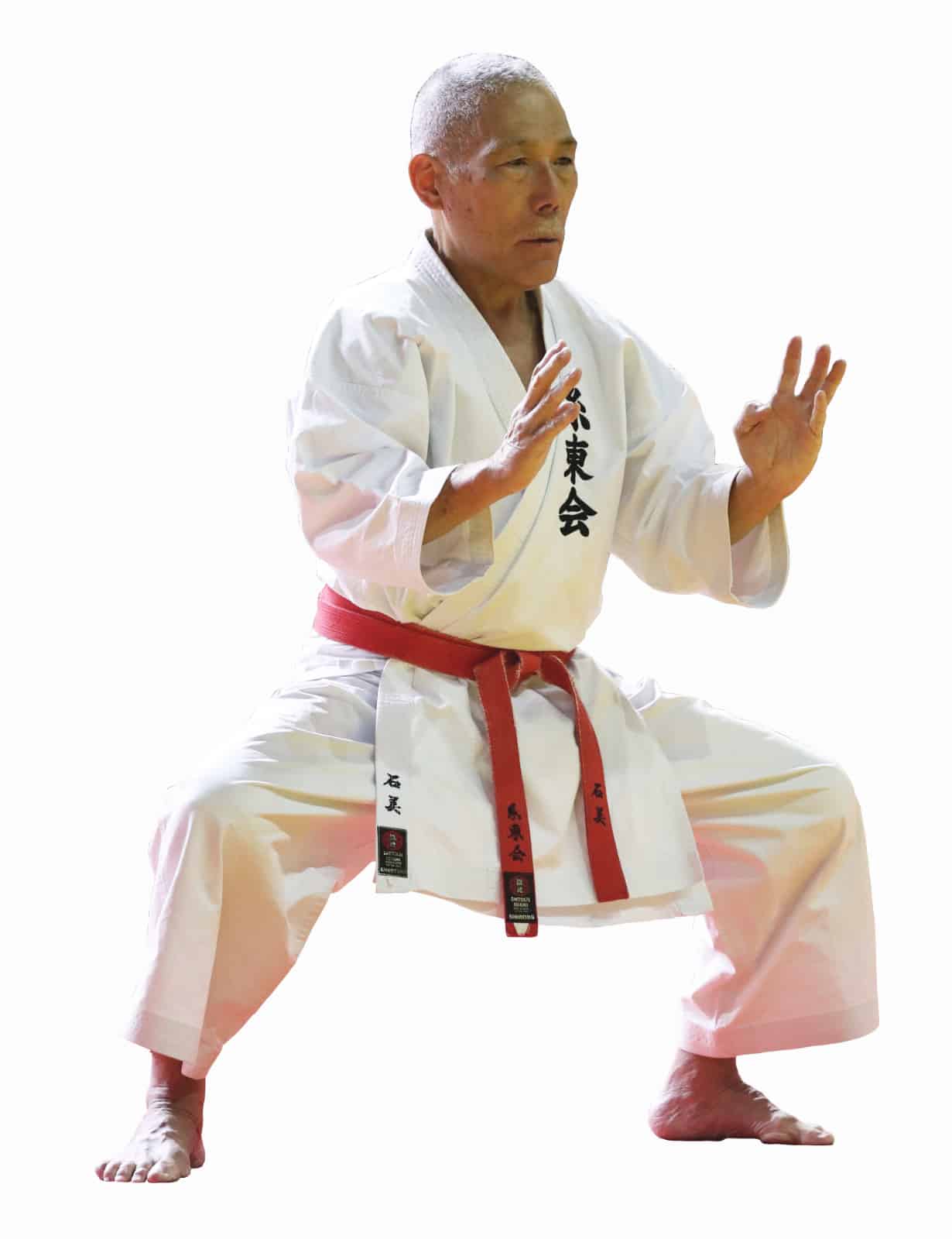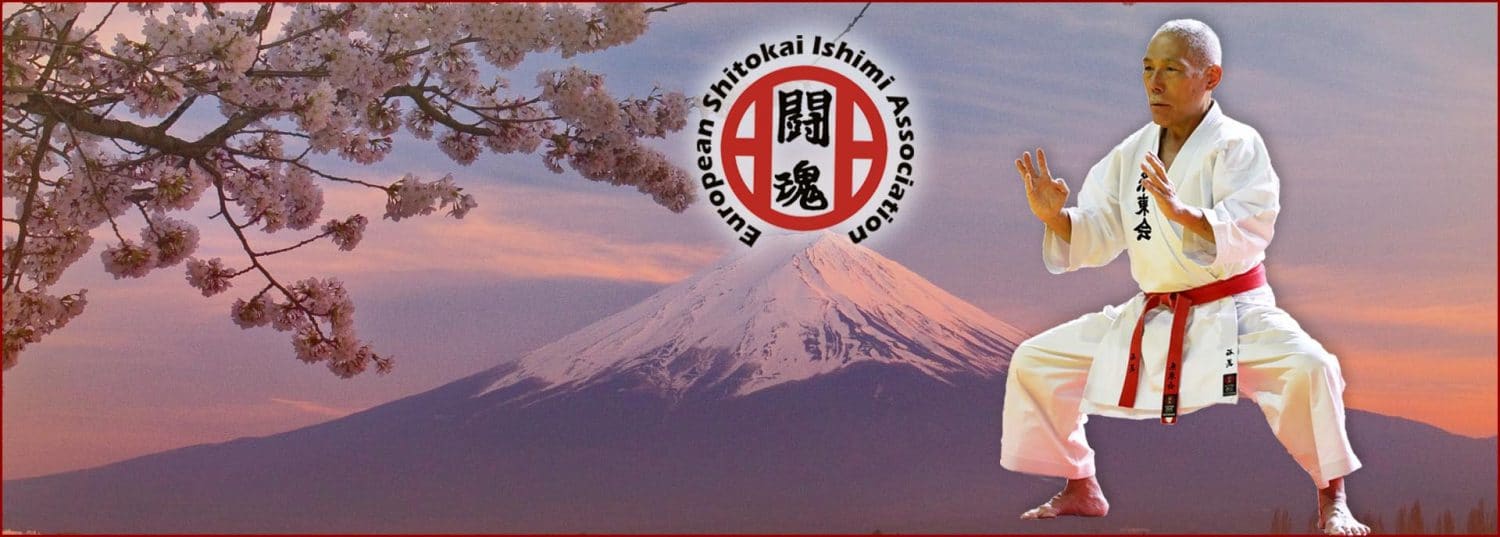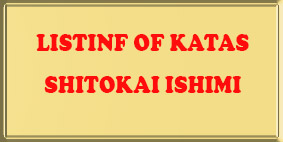KATAS – KARATE DO
 Katas are the essence of Karate. We shouldn’t consider a mere physical/technical exercise. By repeatedly training the coordination, the balance, the breathing, the looking, the symmetric, etc. you accomplish feeling the same mental state produced by Zen. Because of this Karate is considered the “dynamic Zen“.
Katas are the essence of Karate. We shouldn’t consider a mere physical/technical exercise. By repeatedly training the coordination, the balance, the breathing, the looking, the symmetric, etc. you accomplish feeling the same mental state produced by Zen. Because of this Karate is considered the “dynamic Zen“.
Many of the ancient Katas are changed by the interpretation of the grand Masters since that time they weren’t very established specially regarding the defences.
Through the course of time the Masters would variar the techniques depending on their criteria or adapting them to their physical constituiçao. They also changed the way to practice them in a general manner making it easier to execute them. This was done by the grand Masters of the different styles.
In SHURI TE the Master Matsumura Sokon and his students Itosu-Anko y Azato later followed by Mabuni-Kenwa and Funakoshi–Gichin among others.
In NAHA TE the Master Higaonna-Kantyo and his student Miagui-Chojun.
In TOMARI TE the Masters Matsumura and his student Nakas one following Aragaki and finally Nagamine-Shoshin.
There is a big variety of Katas. The majority of them traditional and ancient, many bought from the ancient China, others originate of Okinawa and some a mixture of the different styles that formed, depending on the Masters and their ubicacíon in the island of Okinawa.
The NAHA TE style is very defined and is easily identified, but this doesn’t happen with the SHURI TE and TOMARI TE styles that are difficult to precise due to the interchange between the grand Masters, since they would practice together very frequently.
The significance of the Kata names is difficult to precise since their pronunciation is Chinese or from the Okinawa dialect, although it’s known that prioritariamente they are names of the creator, the divulgador or numbers. Some styles have arranged to get the significance by adding Japanese letters to the Chinese or Okinawa pronunciation like in the case of Shoto Kan changing the name by a Japanese one. For example Kusyanku with Okinawa pronunciation, name of the Kata divulgator. Kosokun, same meaning and Japanese pronunciation. Kanku, Japanese name, change made by Shoto Kan and that means “looking at the sky”. This occurred relatively a short time ago, after Karate became conhecidos in Tokyo.
It also happens that the meaning inside the same schools sometimes contradictory. In some cases you can include is significance like in the case of Nipaipo (28 steps)

